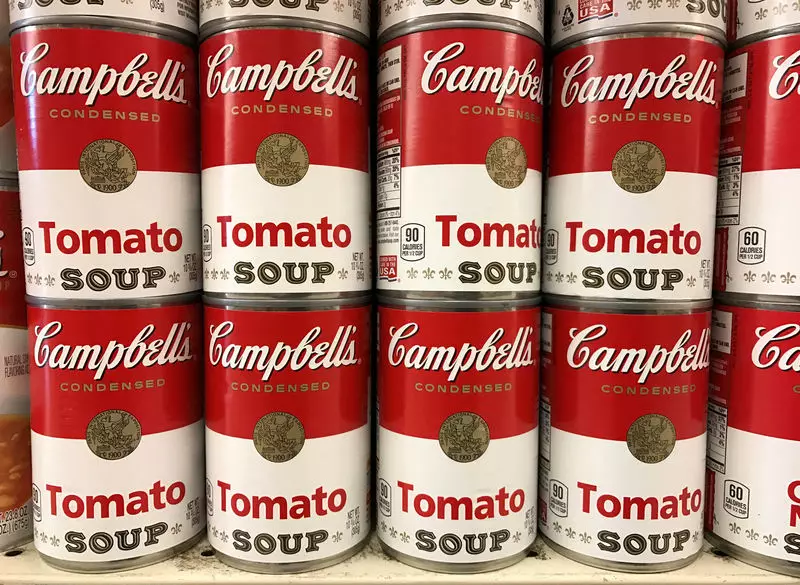The ongoing exploration of GLP-1 (glucagon-like peptide-1) medications like Ozempic and Wegovy has brought to light their greater-than-anticipated impact on consumer behavior, particularly in relation to dietary preferences. As these weight-loss drugs continue to gain traction among the U.S. adult population, concerns arise about how their popularity might reshape the packaged-food landscape. Analysts from Bernstein have observed that the implications of GLP-1 usage are nuanced, suggesting significant shifts in consumer appetite towards higher protein products.
Bernstein’s recent analysis indicates a substantial discrepancy between official figures and survey data concerning GLP-1 drug users. While IQVIA reports that only approximately 1.4% of U.S. adults are on these medications, survey data suggests that the true figure might be upwards of 12-13%. Such findings highlight potential gaps in market understanding. It appears that compounding pharmacies, which tailor medications to meet specific patient needs, are actually reaching a broader spectrum of patients than previously recognized. This expanded usage signals an emergent market that could redefine consumer habits and preferences.
The rise of GLP-1 drug utilization is likely to have significant implications for the packaged-food industry. Analysts caution that as consumers adapt their diets in response to the appetite-suppressing qualities of these medications, the demand for traditional packaged foods may decline. They may gravitate toward products that align better with the dietary patterns encouraged by their treatment—specifically those rich in protein. This shift means that companies focusing on protein-based offerings could navigate this changing landscape more successfully than their counterparts that rely heavily on carbohydrate-rich foods.
Among the companies that could thrive amid this trend is Campbell Soup Company (NYSE:CPB). Bernstein’s analysts upgraded Campbell’s stock outlook, citing evidence that consumers utilizing GLP-1s are demonstrating an increased preference for protein-rich options. By adjusting their product lines to cater to this growing demand, such companies may not only mitigate potential losses but also capitalize on emerging opportunities. Bernstein’s revision of Campbell’s price target—from $55 to $58—indicates confidence in this strategic repositioning.
As the landscape of drug usage evolves, it is paramount for food companies to remain agile and responsive to shifts in consumer preferences driven by medications like GLP-1. The potential market for these drugs appears larger than initially anticipated, poised to create significant disruption in food purchasing behaviors. Companies that recognize and adapt to these changes—turning challenges into strategic advantages—will likely emerge stronger in this competitive environment. The importance of aligning product offerings with the evolving dietary habits of consumers will be crucial as the relationship between health treatments and nutrition continues to deepen.

